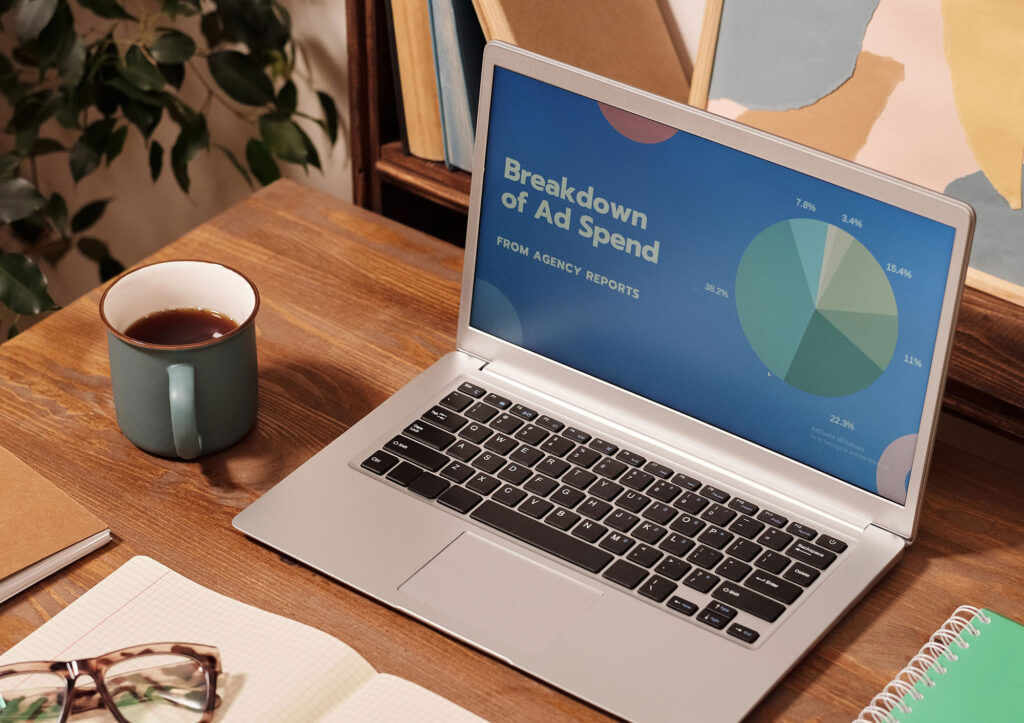Weighing the Pros and Cons of Paid Advertising
Paid advertising has become an essential tool in today’s digital marketing landscape, but it’s important to weigh the pros and cons before investing your budget. Here are some of the advantages and disadvantages to consider:
Pros:
- Targeted audience: With paid advertising, you can target specific demographics, interests, and behaviors, ensuring your message reaches the right people.
- High ROI potential: A well-crafted ad campaign can yield significant returns on investment, especially when targeting a high-converting audience.
- Quick results: Unlike organic marketing strategies, paid advertising can yield fast results, allowing you to adjust and refine your campaigns on the fly.
- Flexibility: Paid advertising offers a wide range of formats, including social media ads, display ads, and PPC, giving you the flexibility to experiment with different approaches.
Cons:
- Ad fatigue: Over time, users may become desensitized to your ads, leading to a decline in engagement and conversion rates.
- Costs: Paid advertising can be expensive, especially when utilizing a cost per click model. It’s important to carefully consider your budget and expected ROI.
- Competition: With so many businesses vying for attention in the digital space, it can be challenging to stand out from the crowd.
- Learning curve: Paid advertising requires expertise and experience to maximize effectiveness, which may require additional training or outsourcing.
In conclusion, paid advertising can be a powerful tool for reaching your target audience and generating high ROI, but it’s important to weigh the pros and cons before committing your budget. By understanding the challenges of ad fatigue and cost management, as well as the advantages of targeting and flexibility, you can create a successful advertising campaign that delivers real results.
At Vendorbit, we are paid advertising experts. Contact us today for more info.


